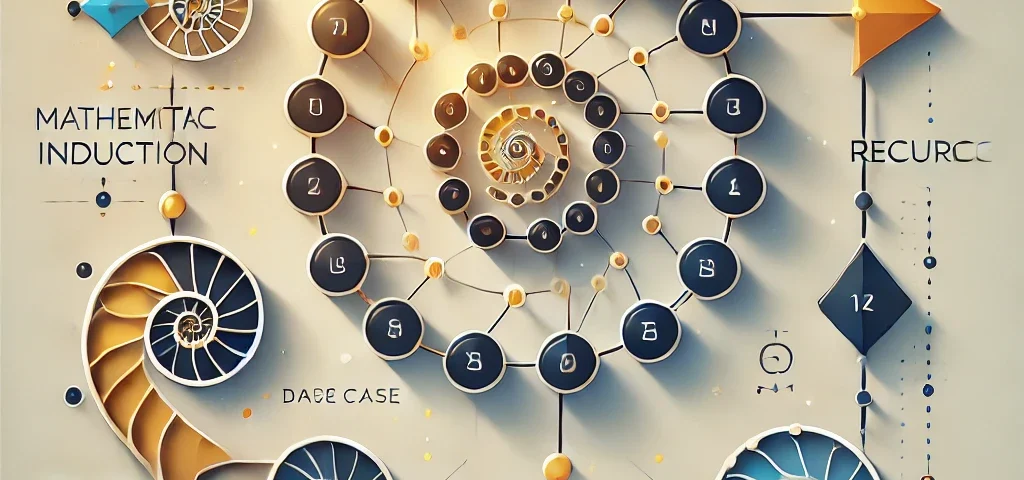
Comparing Base64, Morse Code, and ROT13: A Beginner’s Guide to Cipher Tools
January 11, 2025
AI Trends 2025: Five Revolutionary Changes in Artificial Intelligence
January 13, 2025Induction, Recursion, and Program Correctness
Understanding Mathematical Induction
Induction is an argument style used to prove that a mathematical statement is indeed true. Induction first proves that the initial value of a statement is actual. Then proves that if that is true for the nth iteration, it is also true for n+1. For mathematic induction used in computer science, this technique is used to ensure that the algorithm is working as designed and is also efficient. An example of induction is when you have two statements to imply the 3rd statement, which then implies the 4th statement.
Recursive definitions are used to define sets of nonnegative integer functions. Recursive definitions also have two steps and start with a basic step. The second step defines the rule for finding the value at smaller integers. This formula is used for input in proceeding steps to provide solutions (Rosen, 2019).
The Fibonacci Sequence and the Golden Ratio
The Fibonacci sequence increases by adding the two previous numbers in the sequence. Fibonacci numbers can be used in digital images. This sequence is known as the Golden Ratio in nature. The output of the Fibonacci sequence is similar to that of sunflower seeds, flower petals, and pinecones in that the seeds are produced in the middle and multiply towards the outside in a spiraling pattern (Dvorsky, 2015).
Mathematical induction proves that a hypothesis is correct by providing the result of the previous statement. This is verified by following the same logic for the proceeding statement, which is also true.
We hope this provided insight and explanation that will strengthen your understanding of algorithmic design. Covering induction, well-ordering, recursive definitions, and program correctness, the content on recursive algorithms is the most interesting from many perspectives. This is beneficial in understanding that recursive algorithms solve problems by reducing the same problem with small input (Rosen, 2019).
For more information just like this, find more of my work at https://TrustITSec.com
References
Rosen, Kenneth H. (2019). Discrete Mathematics and Its Applications. McGraw Hill.
Dvorsky, G. (2015, December 16). 15 Uncanny Examples of the Golden Ratio in Nature. Gizmodo. Retrieved October 23, 2022, from https://gizmodo.com/15-uncanny-examples-of-the-golden-ratio-in-nature-5985588
LINKS
https://en.wikipedia.org/wiki/Fibonacci_sequence




